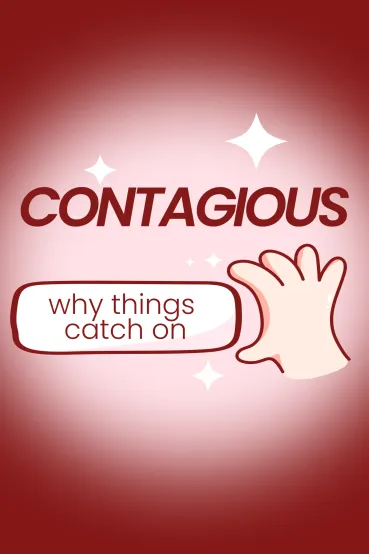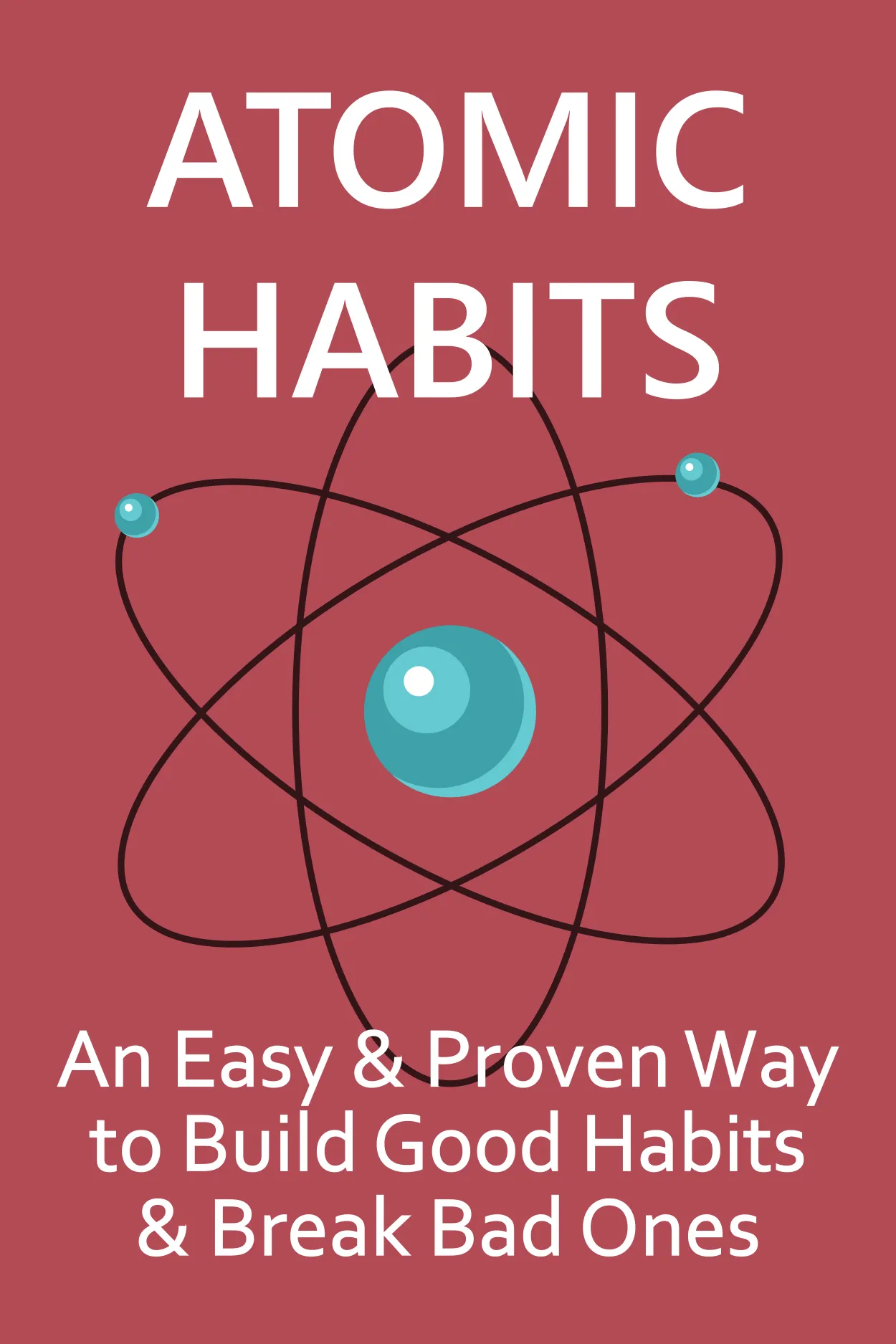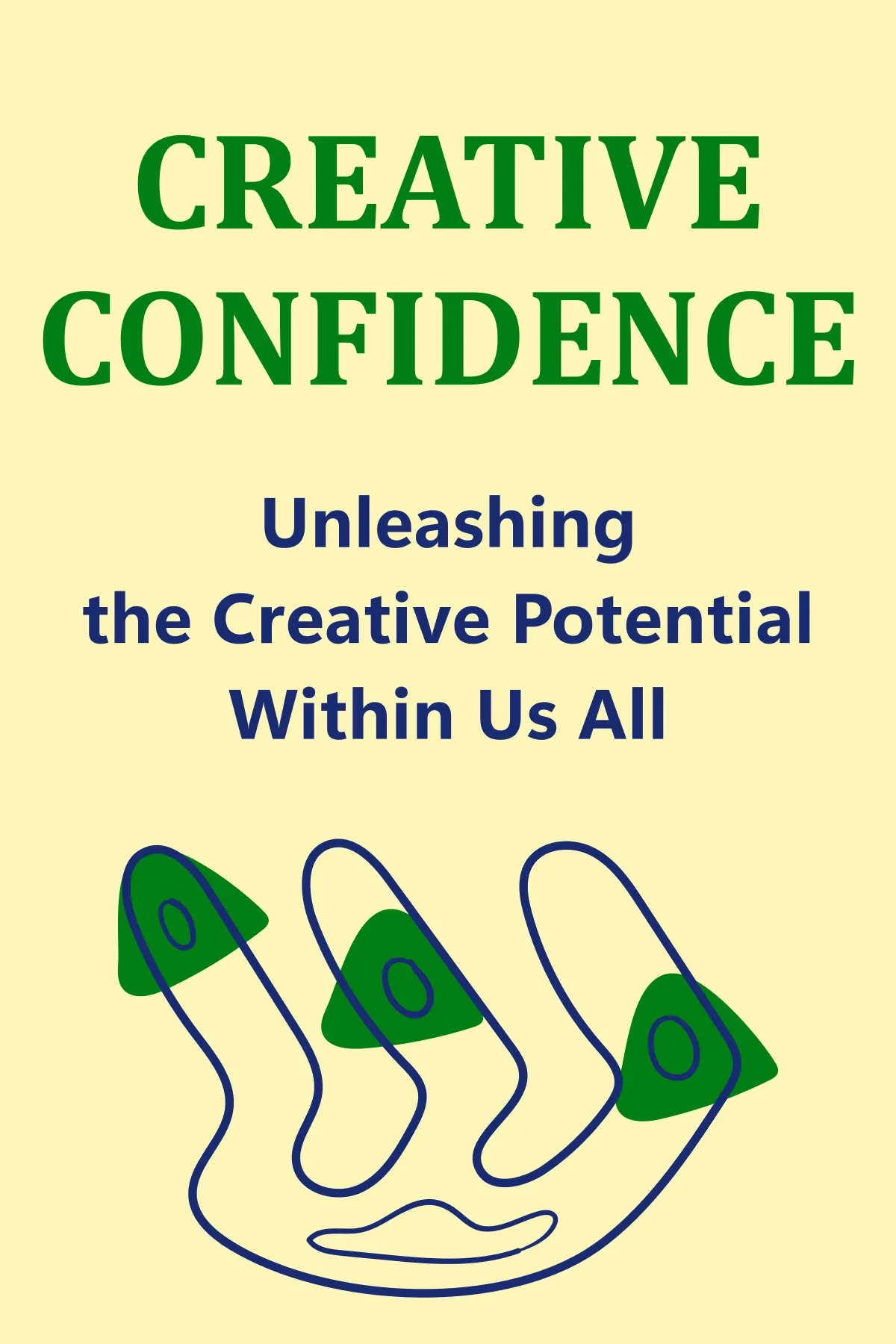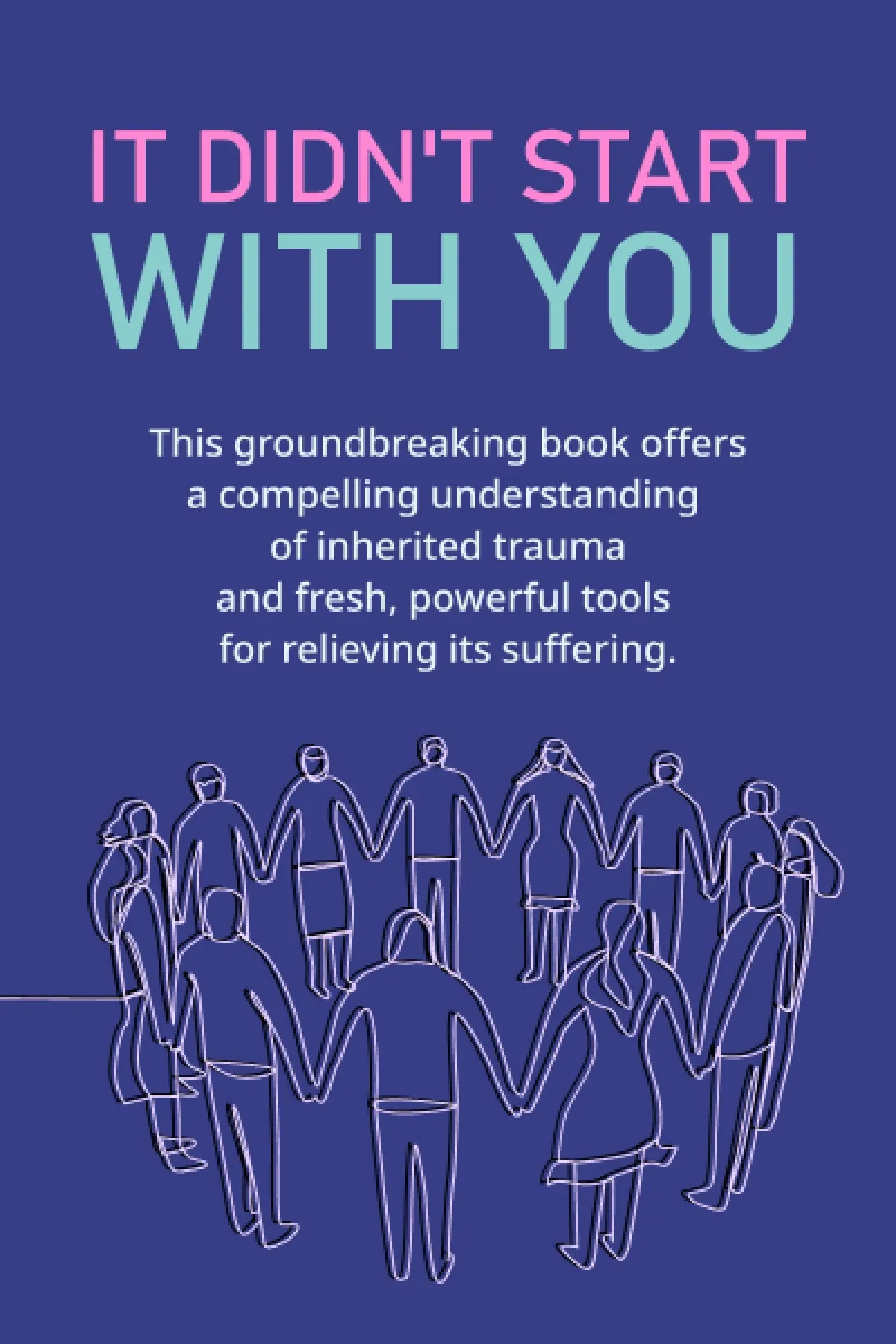
Contagious
Brief Summary
“Contagious” offers practical and effective methods to spread information by creating messages, advertisements, and content that people are likely to share. Whether you are a manager at a large corporation, a small business owner seeking to increase visibility, or a political candidate running for office, “Contagious” provides insights on how to make your product or idea go viral.
Key points
Key idea 1 of 7
When The New York Times website published a daily list of the "Most Emailed" articles, Jonah Berger wanted to understand why some articles were shared more than others. He monitored these articles for half a year and conducted an academic analysis. Research has shown that articles that evoke strong positive or negative emotions are more likely to be shared. Articles that only cause weak emotions like sadness or contentment are less likely to be shared.
This emotional sharing creates an understanding and empathy bond, influencing our behavior and decisions. High-arousal emotions like awe, anger, and anxiety drive us to share our experiences. Conversely, negative emotions like sadness tend to decrease our propensity to share.
Certain products or ideas might seem more suitable for evoking emotions than others. It might be easier to stir up excitement about a trendy lounge than logistics management, or pets and babies might be more fitting for emotional appeals than banking. However, effective influence goes beyond a product or idea's factual or logical appeal. Even with knowledge of detrimental effects, people may still engage in behaviors like smoking or consuming fast food. An emotional approach, focusing on the underlying sentiments that drive people to act, is needed.
While many believe they make decisions based on facts and figures, we are mainly guided by our emotions. Our brains tend to rationalize our behavior after the fact. Therefore, appealing to emotions can be more impactful than bombarding someone with facts and figures.
Positive influence exists as well. For example, graphic images on cigarette packaging displaying the damaging effects of smoking elicit a strong emotional response of disgust, leading to a decrease in smoking. Similarly, the New York City health department created a revolting video advertisement of a man drinking a glass full of fat to reduce soda consumption. This image may now serve as a trigger when individuals think about drinking soda.
As Anthony Cafaro, the designer at Google, noted: “Whether it’s a digital product, like Google, or a physical product, like sneakers, you should make something that will move people. People don’t want to feel like they’re being told something—they want to be entertained, they want to be moved.”
FAQ
You may also like these summaries











